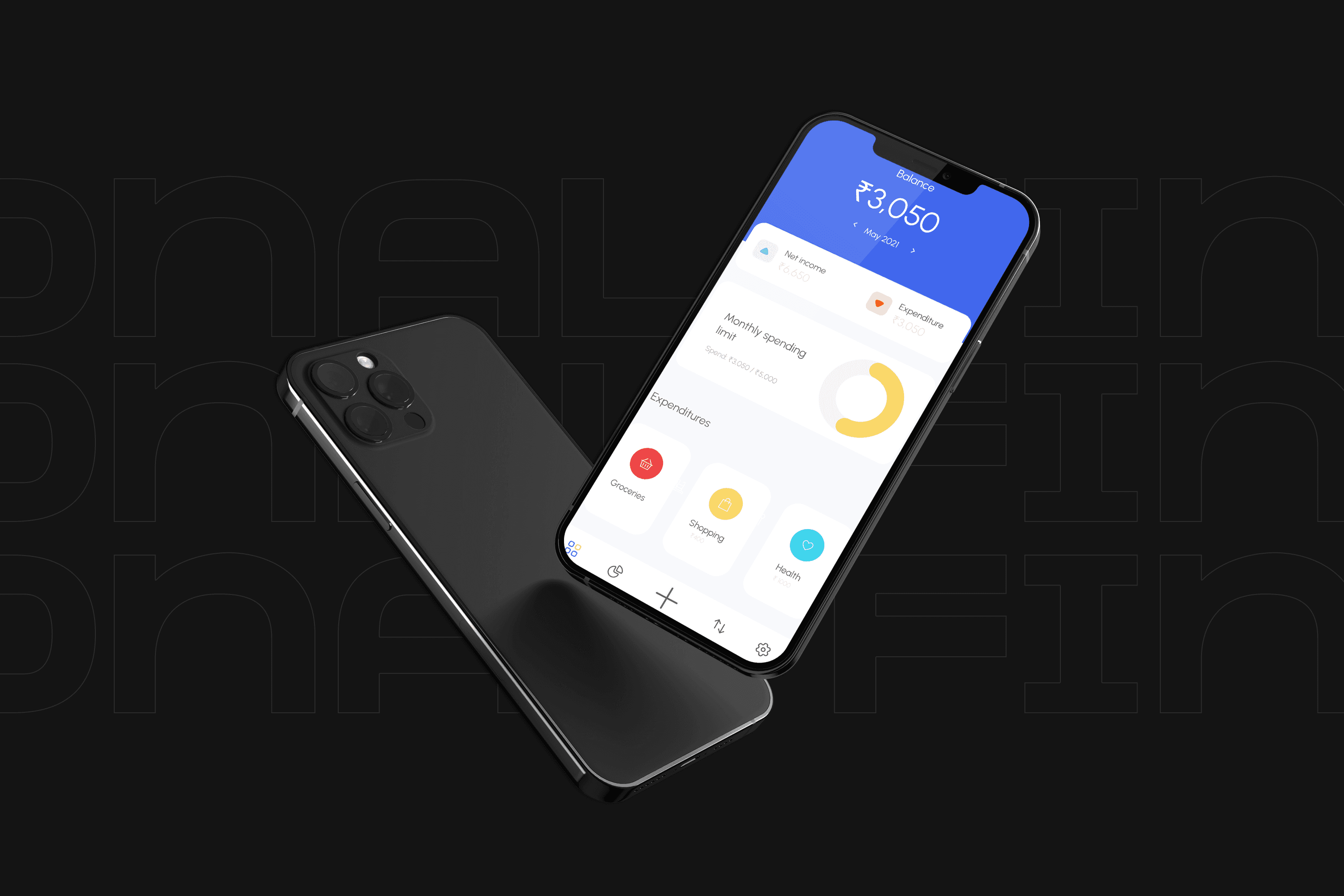Spire Finance | College Project
Project Overview
Client: Spire Finance
Project: Finance Management App UI Design and Development
Objective: Design and develop an intuitive, user-friendly Finance Management app in Kotlin, leveraging the phone's native SMS functionality for transaction tracking, enabling users to manage their finances efficiently.
Design and Development Process
1. Research and Discovery:
- Conducted thorough user research, identifying the need for seamless transaction tracking.
- Explored the possibility of leveraging the phone's native SMS functionality to automate transaction recording.
2. User Persona:
- Developed a user persona named "Alex," highlighting the need for a simplified finance management solution that automates transaction tracking.
3. Information Architecture:
- Designed a structure that integrates the phone's native SMS functionality for automatic transaction recording.
- Defined key sections: Overview, Transactions, Budgeting, Reports, and Settings.
4. Wireframing:
- Created wireframes, emphasizing the integration of SMS functionality within the Transactions section.
- Ensured a streamlined process for categorization and tagging of SMS-based transactions.
5. Visual Design:
- Established a modern visual style using Kotlin, incorporating a color scheme reflecting financial stability.
- Designed high-fidelity mockups, showcasing the app's native SMS integration and visual appeal.
6. Prototyping:
- Developed interactive prototypes, allowing users to experience the seamless SMS-based transaction recording.
- Conducted usability testing to validate the efficiency of the SMS integration.
7. Testing:
- Iteratively tested the app's design and functionality, addressing any issues related to SMS-based transaction tracking.
- Collaborated with developers to optimize the SMS processing and recording.
8. Development:
- Developed the Finance Management app using Kotlin.
- Leveraged the phone's native SMS functionality to read and record transactions securely.
9. Launch:
- Monitored the app's performance post-launch, ensuring the successful integration of SMS-based transaction tracking.
- Implemented security measures to protect user data obtained through SMS.
Key Features:
1. Overview:
- Integrated phone's native SMS to provide real-time transaction updates on the Overview page.
- Enhanced visualizations for SMS-based transactions.
2. Transactions:
- Automated transaction recording using SMS data.
- Improved search and filter options, considering SMS transaction details.
3. Budgeting:
- Customizable budget categories with SMS-based expense tracking.
- Goal-setting features informed by SMS transaction history.
4. Reports:
- Comprehensive financial reports, combining manual and SMS-based transactions.
- Export options for detailed financial statements.
5. Settings:
- SMS-related settings, allowing users to customize SMS-based transaction recording preferences.
- Biometric authentication for enhanced security.
Results:
- Successful integration of the phone's native SMS functionality for automatic transaction tracking.
- Positive user feedback regarding the convenience of SMS-based recording.
- Increased user adoption, particularly among those seeking an automated finance management solution.
Lessons Learned:
- Significance of integrating native device features for enhanced user experience.
- Ongoing monitoring and updates to adapt to changes in SMS formats or regulations.
- Continuous collaboration between design and development teams for seamless integration.
Future Enhancements:
- Integration of additional financial data sources for a more comprehensive overview.
- Implementation of AI-driven insights informed by SMS data.
- Continuous optimization based on user feedback and emerging technologies.
This case study highlights the innovative use of Kotlin for developing a Finance Management app, focusing on the integration of the phone's native SMS functionality for automated transaction tracking, offering users a streamlined and convenient finance management experience.
